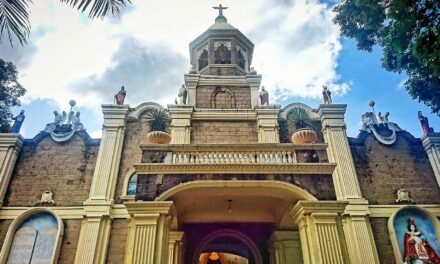When it comes to size, spectacle, and cultural significance, few venues around the world can rival the Philippine Arena. Officially recognized as the world’s largest indoor arena, this architectural giant in Bocaue, Bulacan, has become a symbol of national pride, a magnet for international events, and a testament to the Philippines’ growing place on the global stage.
A Record-Breaking Marvel
The Philippine Arena was inaugurated in 2014 as part of the larger Ciudad de Victoria complex. Commissioned by the Iglesia ni Cristo (INC) as part of their centennial celebration, the arena was built to impress—and it does just that. Designed by Populous, the world-renowned architectural firm behind London’s O2 Arena and Yankee Stadium in New York, the Philippine Arena is a masterpiece of modern engineering.
Key specs:
- Seating capacity: 55,000 (all-seater, indoor)
- Total floor area: Over 99,000 square meters
- Height: Approx. 65 meters (213 feet)
- Location: Bocaue, Bulacan (about 30 km north of Metro Manila)
Its sheer size earns it a place in the Guinness World Records as the largest indoor arena by seating capacity, outpacing other major arenas such as:
- Greensboro Coliseum (USA): ~23,500
- Saitama Super Arena (Japan): ~37,000 (max with movable seats)
- KJC King Dome (South Korea, under construction): ~70,000 (projected, not yet complete)
Designed for Impact and Experience
More than just a colossal structure, the Philippine Arena was designed to be earthquake-resistant, typhoon-resilient, and highly functional. Its bowl-shaped layout ensures excellent sightlines from every seat, while the spacious concourses and facilities accommodate crowd flow, making it ideal for high-attendance events like concerts, sports, and religious gatherings.
What sets the arena apart is its multi-use functionality. It seamlessly hosts:
- Concerts by global superstars like BTS, Blackpink, and Ariana Grande
- Basketball games including the 2023 FIBA World Cup opening
- Religious events and INC celebrations
- Cultural festivals and national gatherings
A Global Stage in the Philippines
Beyond its architecture, the Philippine Arena is a symbol of ambition and possibility. In a region not often spotlighted for large-scale infrastructure, the arena positions the Philippines as a legitimate contender in global event hosting. Its capacity and high-grade amenities rival and often surpass its counterparts across Asia and the West.
It also contributes to local development, drawing thousands of visitors to Bulacan and spurring improvements in roads, transport, and tourism. Events held here often generate economic benefits for nearby communities—restaurants, hotels, and transportation services thrive whenever the arena lights up.
A Landmark Worthy of the World Stage
Whether you’re a music fan, sports enthusiast, or curious traveler, the Philippine Arena offers more than just an impressive visual—it’s an experience. From the roar of 50,000 fans at a sold-out concert to the collective energy of a national celebration, the arena captures the spirit of unity and scale in every event it hosts.
As global interest in the Philippines grows, so too does the relevance of this landmark. The Philippine Arena is not just the largest indoor arena in the world—it’s one of the most inspiring.





